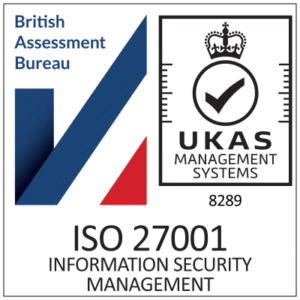
Rise of Travel eSIM Raises Questions for Operators
CCS Insight’s latest Spotlight report lifts the lid on the burgeoning market for travel eSIM, evaluating a major disruption that raises searching questions for mobile operators.
Roaming was once a predictable and lucrative source of revenue for the mobile industry. But it has also caused resentment and distrust among customers, some of whom inadvertently racked up huge bills.
The EU’s Roam Like at Home regulation, introduced in 2017, clamped down on the practice, but in many other parts of the world roaming fees remain stubbornly high.
The big trigger for change is the arrival of eSIM in smartphones. This technology is being pushed hard by some manufacturers, notably Apple. It has encouraged a flood of specialist players to enter the market with connectivity offers for travellers that significantly undercut mobile operators. Some of the best known are Airalo, Holafly, Nomad and Ubigi, but I believe there are more than 50 in total.
For a recent family holiday to the US, I bought a travel eSIM with 10 GB of data for just £15. The process to sign up took next to no time and I had no trouble with the connectivity. If I’d gone with my personal UK mobile provider, I’d have ended up spending about £100 more in roaming fees!
It’s no surprise then that the CCS Insight report projects strong growth. In 2030, we forecast that more than 280 million travel eSIMs will be provisioned worldwide, representing a fourfold increase from about 70 million in 2024. Over the same period, global sales of travel eSIMs will surge nearly 250%, from $1.3 billion to over $4.4 billion.
In response, telecom operators need to reassess their position. The industry has a notorious history of being slow and missing opportunities. Operators risk losing out once again if they choose to watch from the sides rather than shape future developments.
For many, this means a comprehensive review of their roaming strategy. But their tactics shouldn’t just be defensive. Travel eSIM also brings fresh opportunities for operators to unlock new revenue and build better engagements with customers, as the report explores.
To be successful, operators need to evolve their traditionally local mind-set to a more global approach. The travel eSIM specialists, which effectively offer their services in almost every market, already have this vision.
But operators are in a strong position; their established customer relationships, extensive roaming partnerships and well-known brands mean they have all the tools to shape this market for themselves. Most importantly, they’re the owners of the mobile infrastructure that all other players rely on. This spans everyone from the direct-to-consumer brands to the aggregators and intermediaries that support them.
A few networks, notably Vodafone and Orange, have already launched travel eSIM services of their own and I’m sure many others are considering following suit.
But these offers need to be carefully positioned to best protect existing roaming revenue. This means careful analysis that extends far beyond near-term revenue and costs. Factors such as branding, reputation, customer engagement and retention should all be considered and each operator’s circumstances will be different.
The Spotlight concludes that travel eSIM specialists will eventually lose their advantage as the market becomes saturated and commoditized, leaving them with far fewer opportunities to disrupt. At this point, it analyses a range of possible outcomes, including consolidation and diversification.
For more information about the report, please contact us. We’ll also be revealing highlights in a free webinar on 30 September at 10:00 BST, to which you can sign up here.
 LinkedIn
LinkedIn
 Email
Email
 Facebook
Facebook
 X
X
